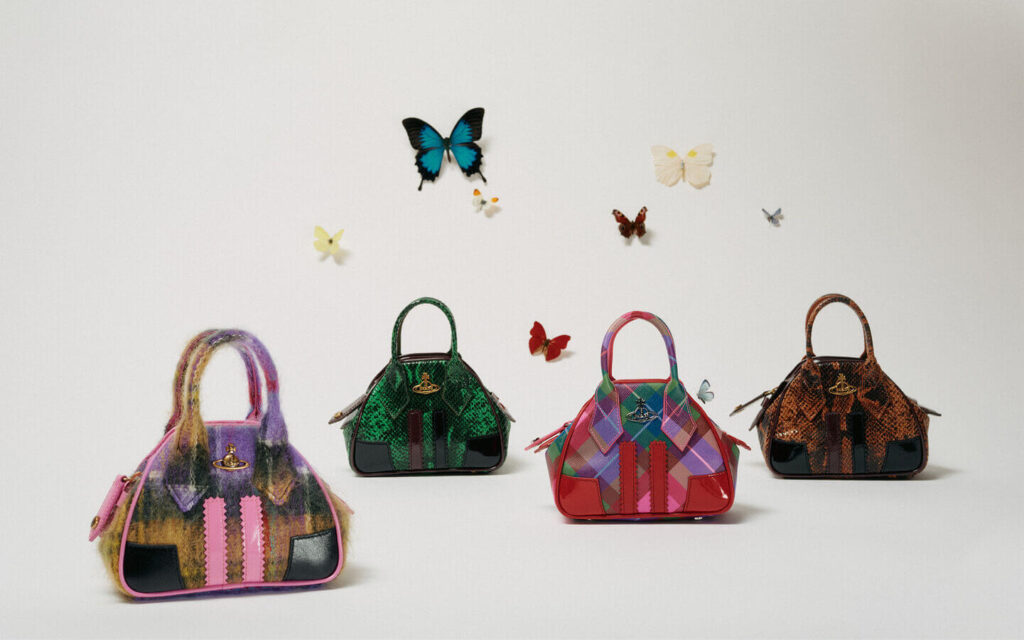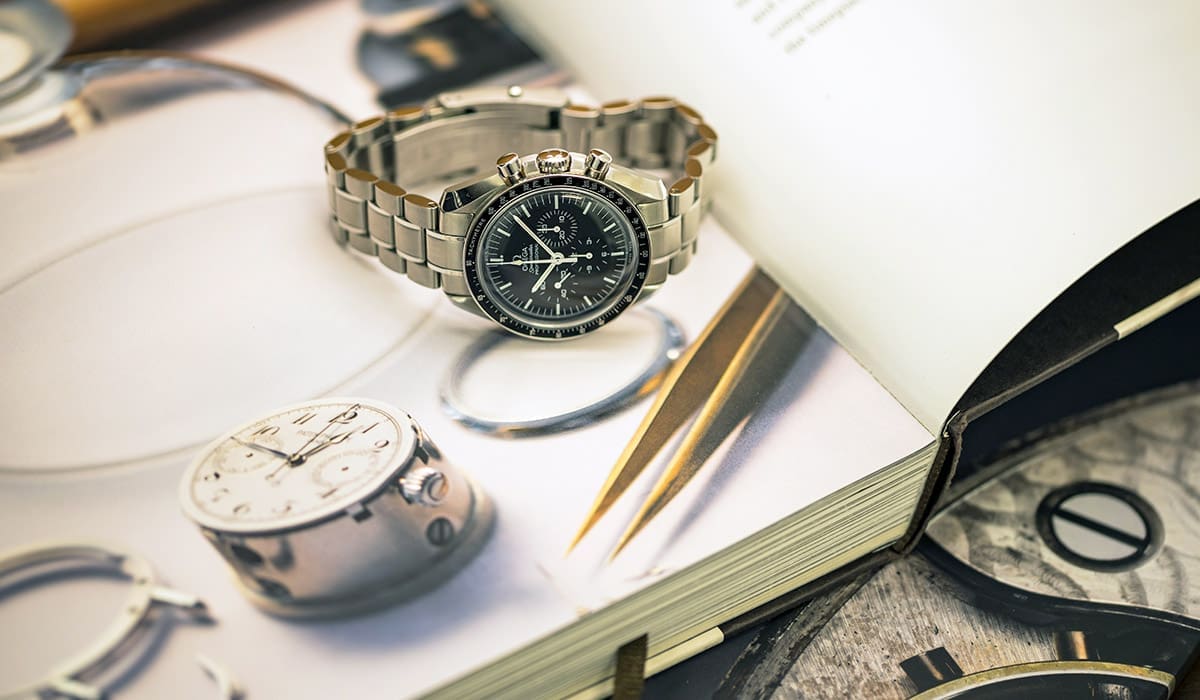LVMH’s sales fell 3 percent in the fourth quarter excluding currency swings, the French luxury group said in a statement Thursday.
While the slight drop in company revenues matched expectations, the performance of LVMH’s various divisions diverged dramatically at the end of a year of crisis, marked by intermittent store closures and travel restrictions put in place to curb the coronavirus pandemic.
Sales in the group’s key fashion and leather goods unit, whose powerhouse brands include Louis Vuitton and Dior, grew 18 percent year-on-year, while its beauty, multi-brand retail, and beverage divisions all posted dramatic declines.
In the weeks before closing its blockbuster acquisition of Tiffany & Co. (for which it just named a new management team), sales at LVMH’s watch and jewellery division, including Bulgari and Hublot, were down 2 percent.
Across geographies, the picture was also mixed, with US sales falling just 2 percent in the fourth quarter, while Europe declined by 24 percent as international tourists stayed away. Homebound Chinese clients, who repatriated their foreign spending at record rates, helped push LVMH’s Asian sales up by 21 percent.
For the full-year, LVMH reported group sales of €44.7 billion, down 17 percent compared 2019. Profit from recurring operations fell 28 percent.
Following LVMH’s results presentation on Tuesday, BoF breaks down what we learned about what’s driving the dramatically mixed results at luxury’s biggest group.
Big Brands Continue to Outperform
Since the onset of the pandemic, and particularly during the first wave of lockdowns last spring, what demand remained for luxury goods has been focused on the biggest and most recognisable labels. Their logo-driven offer was seen as essential shopping for first-time luxury buyers and as reassuring investment pieces by repeat customers who were less tempted to stray from blue-chip brands during the crisis.
That trend enabled LVMH’s fashion division — powered by its biggest brands Louis Vuitton and Dior — to get back to growth over the summer, with sales jumping 12 percent. Sales in the division further accelerated at the end of the year, growing 18 percent as those labels continued to outperform rivals and as LVMH’s smaller brands saw some improvement.
“In crisis time, the big brands do better than the small ones,” LVMH’s chief financial officer Jean-Jacques Guiony said. “But there are still significant advantages to having a large portfolio.“ (With a 6pm curfew in place across France, LVMH scrapped Bernard Arnault’s annual press conference in favour of a phone Q&A with Guiony.)
Among the smaller brands, Celine in particular was called out for its “strong recovery” led by Asian clients in the fourth quarter, indicating that Hedi Slimane’s vision for the house is starting to turn a corner. The leather goods business at Marc Jacobs was also said to have improved, though it’s worth noting that these houses didn’t rank among LVMH’s strongest performers last year (and therefore went into the coronavirus crisis with a less challenging basis for comparison).
Sephora and DFS Still Struggle
LVMH’s second-biggest division, the “selective retailing” unit comprised mainly of beauty giant Sephora and tax-free airport shopping specialist DFS, took the hardest hit with fourth-quarter sales plummeting 29 percent year-on-year.
Long-haul tourism remains mostly frozen due to coronavirus restrictions, and even as the vaccine is rolled out, it’s hard to say when local shoppers will want to wander around stores dipping their hands in free beauty samples again.
As such, LVMH highlighted the continued uncertainty for when this division could get back to normal. One way the division is forecasting a boost this year, however, is by opening new shop-in-shops for Sephora inside as many of 200 locations of Kohl’s, the American mass-market department store chain.
More about Beauty’s “Alternative” Distribution
In a previous presentation this year, LVMH had tried to explain the far deeper declines in its perfume and cosmetics sales than were being reported by rivals (like the luxury division at L’Oréal). The company said the gap was being driven by “alternative distribution channels” springing up during the coronavirus crisis in which the company did not wish to participate, but provided little detail.
Guiony offered more information on those channels Tuesday, telling analysts that rival luxury beauty brands had been dumping products on duty-free outlets in Korea, from which “daigou” resellers have been smuggling them into China to sell at a discount. LVMH and Chanel were alone among major beauty companies to resist the temptation, Guiony claimed, citing concerns about the long-term impact on the perception of their brands.
How the luxury beauty market is evolving could become more clear as rivals Estée Lauder and L’Oréal report their financial results in the coming weeks.
US Rebound, Chinese Repatriation Drive Growth
While growth appeared strongest in Asia during the second half of 2020 on paper, local clients in America and Europe were actually luxury’s most resilient cohorts, Guiony said. (The growth in Asia, driven by Mainland China, was rapid, but not enough to make up for all the things Chinese clients weren’t buying on shopping trips abroad.)
Analysts raised the issue that for US shoppers in particular, those rebounding sales could prove fleeting once eating out and travel return to compete for consumer dollars. To what extent its current momentum is being driven by restaurant closures due to coronavirus, and other cancelled expenses like throwing parties, remains unclear. “It’s not such a simple choice between eating out and travelling and going to luxury stores,” Guiony said. “That might explain some of the strength of demand in the third and fourth quarters, but it’s difficult to elaborate.”
LVMH to Focus on Local Clients in Europe
In Europe, sales to foreign tourists usually make up a huge portion of luxury sales, and their absence this year led to a 28 percent decline in LVMH’s revenue for the full-year in that region.
Fleets of well-placed stores in European fashion capitals, highly visible and big enough to accommodate large tourist groups, are an asset luxury companies have had to build up over decades. But with long-haul tourism still on life-support, when will it be time for brands to reevaluate the expense of multiple locations in cities like Paris, London and Milan?
Not soon for LVMH, apparently. Rather than cutting back their European network, LVMH says it hopes to grow its local base enough to fill the gap should lower tourist flows continue.
“Growing our local sales by one-third isn’t achievable in a year, or maybe even two, but we believe it’s achievable in a significant way,” Guiony said. “We see no reason we should be shutting down stores, even in Europe where the recovery is less obvious for the moment.”
LVMH’s brands, from Louis Vuitton in France to Fendi in Italy, were nearly all created with the purpose of catering to local clients, and often pre-date the global luxury market by more than a century. But recent decades have seen a large swath of Europe’s bourgeoisie being priced out of regularly shopping at these brands, which pivoted to catering to the global mega-rich or making one-off, “aspirational” sales to the upwardly mobile, largely in China.
How, exactly, LVMH’s brands will go about making Europeans a priority with prices higher than ever, and as the continent slogs through a deep economic crisis, remains to be seen.
Disclosure: LVMH is part of a group of investors who, together, hold a minority interest in The Business of Fashion. All investors have signed shareholders’ documentation guaranteeing BoF’s complete editorial independence.
Related Articles:





More Stories
A Return to Designing as a Destination
Rituals Private Collection Comfort Review Cotton Blossom
Flutter Your Lashes – A LITTLE OBSESSED